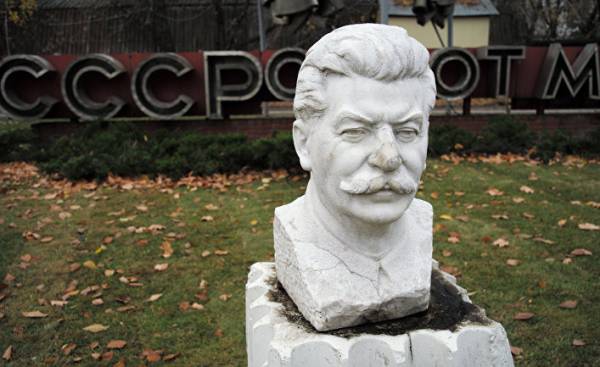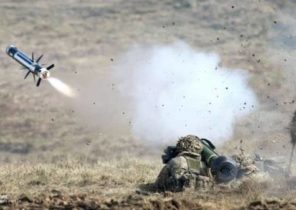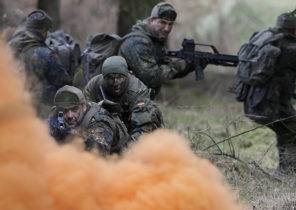
In the years that have passed after the collapse of the Soviet Union in 1991, the historical archives were freed from the burden of Soviet censorship, and a host of important and detailed studies of the life of the dictator Joseph Stalin (1878-1953), a Central figure of the bloody twentieth century.
Book American Professor Steven Kotkina, recently released in Brazil, stands out in a number of studies on the Stalinist tyranny, as not only tells us about the biography of the dictator and enter it in a detailed historical context. She pays great attention to the geopolitical analysis, in particular, talks about the problems of Imperial Russia and draws Parallels, for example, with the Iraqi dictator Saddam Hussein.
Kotkin spent about ten years scientists research, to begin a trilogy the first volume “Stalin: paradoxes of power, 1878-1928”, which examines the period of childhood, the Soviet leader, his revolutionary activities, participation in the revolution of 1917 and the subsequent rise to power.
Other books immerse readers in the era, marked by forced collectivization, terror, a failure-aggression Pact signed with Germany of Adolf Hitler, the Second world war (1939-1945), the cold war and Stalin’s death in 1953.
“We think we know Stalin, says historian and Professor at Princeton University. But the prevailing view of him, endured the beatings, the sectioned Orthodox Seminary, was jealous of Lenin and wanted to beat his mentor, then studied the era of Ivan the terrible, and all this led to mass killings is outdated and looks flimsy”.
Therefore, Kotkin tends to dilute their biographical narrative significant doses of the historical context of turn of the XIX and XX centuries and points to the ideological beliefs of Stalin as a decisive factor in the unfolding tragedy of Stalinism.
Extensive research the author of the seasons hypotheses about the development of the Soviet Union in the event of the death of Stalin, for example, in the period after the death of Vladimir Lenin in 1924 or power struggle with a rival Leon Trotsky (1879-1940).
Health problems, such as risky surgery for appendicitis in 1921, as well as the constant possibility of assassination day in and day pursued the revolutionary who, having arrived from Georgia, from the outskirts of the Russian Empire, became a key element of the Bolshevik gear.
“If Stalin had died, the probability of complete forced collectivization — the only of its kind — would be close to zero, and the likelihood that the Soviet regime was transformed into something else or split up at all, on the contrary, high,” says Kotkin.
Following in the footsteps of explorers such as the Briton Simon Sebag-Montefiore, Russian historian Dmitri Volkogonov and brothers Roy and Zhores Medvedev, Kotkin does not claim to finality and immutability of evaluations of their work on the dictatorship of Stalin.
But, introducing the book’s geopolitical orientation, the author allows us new ways to look at the tragedy of Stalinism and its impact on the world and modern Russia. In the end, writes Kotkin, world history is driven by geopolitics.







